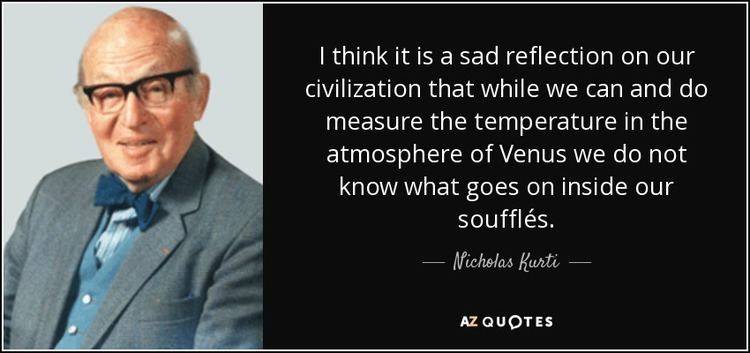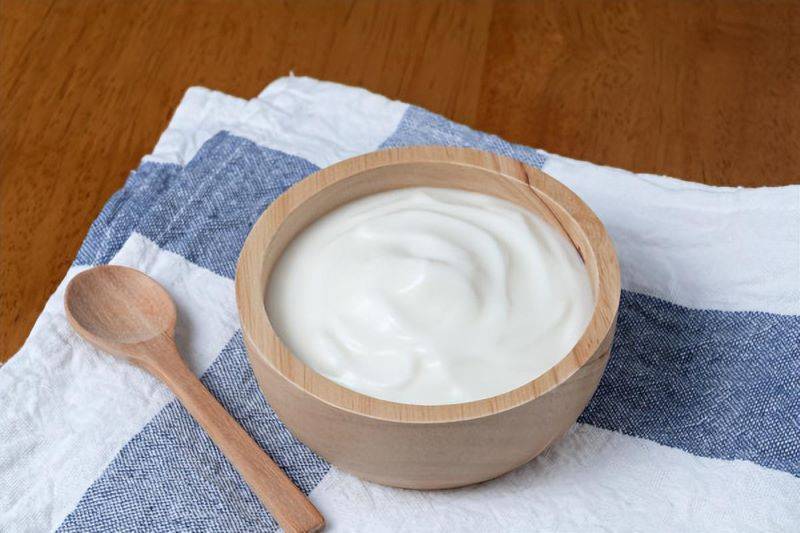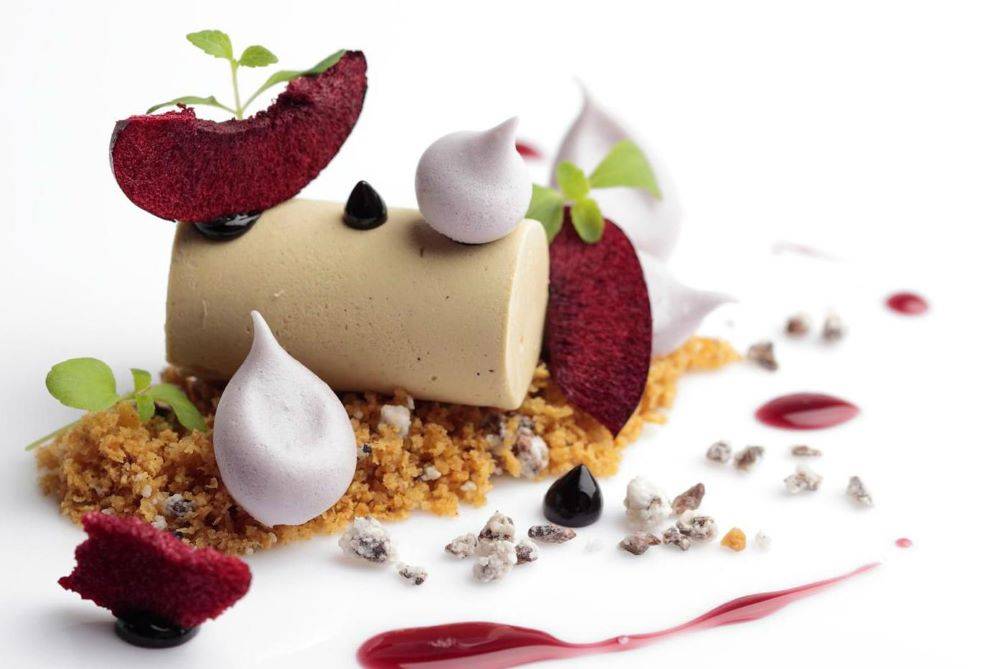Introdução à gastronomia molecular
Definição e origens
A gastronomia molecular, muitas vezes referida como cozinha molecular, mergulha no intrincado mundo da ciência alimentar, centrando-se nas transformações físicas e químicas que ocorrem nos ingredientes. Esta disciplina inovadora procura compreender como estas transformações influenciam o sabor e a textura dos alimentos, permitindo aos chefes manipular estes elementos para criar experiências culinárias únicas.
As origens da gastronomia molecular remontam à década de 1970, um período marcado por avanços significativos na ciência alimentar. Foi nessa altura que o físico Nicholas Kurti fez uma observação inovadora sobre a complexidade da ciência alimentar, despertando o interesse pelo potencial da manipulação molecular nas artes culinárias. Os conhecimentos de Kurti lançaram as bases para o que mais tarde se tornaria um estudo abrangente das propriedades moleculares dos alimentos.
Desde então, a gastronomia molecular evoluiu para um campo sofisticado, misturando princípios científicos com criatividade culinária. Esta fusão permite o desenvolvimento de técnicas e receitas inovadoras que desafiam os métodos de cozedura tradicionais, ultrapassando os limites do que é possível fazer na cozinha.

Modulação da textura através da temperatura
A gastronomia molecular aproveita o poder do controlo da temperatura para transformar a textura dos alimentos, revelando a intrincada ciência por detrás da arte culinária. Ao manipular as temperaturas de cozedura, os chefes podem obter um espetro de texturas, desde a suave e sedosa até à firme e resistente. Por exemplo, o humilde ovo serve como uma ilustração primordial deste princípio. Quando cozinhados a diferentes temperaturas, os ovos apresentam variações notáveis de dureza e elasticidade. A temperaturas mais baixas, os ovos permanecem macios e cremosos, enquanto as temperaturas mais altas produzem uma consistência mais firme e elástica. Esta manipulação controlada não só melhora a experiência sensorial, como também sublinha o profundo impacto da temperatura nas estruturas moleculares dos alimentos.
O controlo da temperatura na gastronomia molecular vai para além dos simples métodos de cozedura. Envolve uma gestão térmica precisa para alterar as propriedades físicas dos ingredientes, influenciando a sua sensação na boca e a experiência gastronómica global. Esta técnica permite aos chefes inovar e experimentar, ultrapassando os limites dos métodos de cozedura tradicionais. Quer se trate de criar um molho aveludado ou um exterior estaladiço, a modulação da temperatura é uma pedra angular da ciência culinária moderna.
Além disso, a aplicação do controlo da temperatura na gastronomia molecular não se limita a ingredientes individuais. Pode ser aplicado a pratos inteiros, criando camadas de textura e complexidade. Por exemplo, um prato pode começar com um componente frio e suave, seguido de um elemento quente e texturado, culminando num final quente e estaladiço. Esta abordagem multi-camadas à modulação da textura melhora a experiência gastronómica, fazendo de cada dentada uma viagem através de paisagens sensoriais variadas.
Essencialmente, o controlo da temperatura na gastronomia molecular é uma ferramenta sofisticada que permite aos chefes criar pratos com precisão e criatividade, elevando a arte de cozinhar a novos patamares.
Técnicas em Gastronomia Molecular
Regulação do sabor através da extração e concentração
Os chefes empregam técnicas avançadas para extrair e concentrar moléculas de sabor, transformando ingredientes comuns em obras-primas culinárias. Um desses métodos é a centrifugação que utiliza a força centrífuga para separar os diferentes componentes de uma mistura com base na sua densidade. Este processo permite o isolamento de compostos ricos em sabor, aumentando a intensidade do prato.
Outra técnica fundamental é a infusão a vácuo em que os ingredientes são colocados sob baixa pressão, provocando a rápida evaporação dos compostos voláteis. Este método não só preserva a integridade das moléculas de sabor, como também permite um controlo preciso dos níveis de concentração. O resultado é um perfil de sabor mais matizado e robusto.
Evaporação rotativa destaca-se como uma técnica popular para separar e concentrar estas moléculas. Ao rodar um balão contendo a mistura a uma velocidade e temperatura controladas, os solventes voláteis são evaporados, deixando para trás compostos de sabor concentrados. Este método é particularmente eficaz para destilar misturas complexas, assegurando que o produto final mantém as suas qualidades aromáticas.
Estes métodos colectivos permitem aos chefes manipular e amplificar os sabores dos seus pratos, ultrapassando os limites da cozinha tradicional e criando experiências inovadoras e agradáveis ao paladar.
Reacções químicas na culinária
No domínio da gastronomia molecular, a compreensão dos aspectos moleculares dos alimentos é fundamental. Este conhecimento permite aos chefes manipular reacções químicas, como o aquecimento, para criar pratos com sabores e texturas melhorados. Por exemplo, a reação de Maillard, que ocorre quando os aminoácidos e os açúcares redutores reagem sob ação do calor, é um excelente exemplo. Esta reação é responsável pelo dourado e pelos sabores complexos dos produtos de pastelaria, das carnes assadas e até do café.
Outra reação química significativa é a caramelização, em que os açúcares dos alimentos são quebrados e reorganizados em novos compostos quando aquecidos. Este processo não só altera a cor dos alimentos, como também lhes confere um sabor rico e doce. Por exemplo, as cebolas caramelizadas têm uma profundidade de sabor muito mais intensa do que as cebolas cruas.
Além disso, a desnaturação das proteínas durante a cozedura pode ter um impacto significativo na textura. Quando as proteínas são aquecidas, a sua estrutura altera-se, levando a texturas mais firmes nos ovos, carne e produtos lácteos. Este processo é crucial para obter a consistência desejada em pratos como cremes, ovos mexidos e bifes grelhados.
Ao aproveitar estas reacções químicas, os chefes podem elevar as suas criações culinárias, fazendo de cada prato uma mistura harmoniosa de ciência e arte.
Fermentação para realçar o sabor
A fermentação é uma técnica sofisticada que aproveita as actividades metabólicas dos microrganismos para transformar moléculas complexas de produtos vegetais e animais em sabores deliciosos. Este processo, que tem sido praticado há milénios, envolve a decomposição controlada de açúcares, proteínas e outras macromoléculas por bactérias, leveduras e bolores. Os microorganismos, por sua vez, produzem uma variedade de ácidos orgânicos, álcoois e gases, que contribuem para o sabor e aroma caraterísticos dos alimentos fermentados.

Um dos principais benefícios da fermentação é a sua capacidade de aumentar o valor nutricional dos alimentos. Por exemplo, a fermentação de produtos lácteos como o leite e o queijo não só enriquece o seu sabor, como também aumenta a sua digestibilidade e a disponibilidade de nutrientes essenciais. Da mesma forma, a fermentação da soja para produzir tempeh e miso introduz novos sabores e aumenta o teor de proteínas e a biodisponibilidade.
A fermentação também desempenha um papel crucial no desenvolvimento do umami, um dos cinco sabores básicos. Este sabor salgado é frequentemente associado ao aminoácido glutamato, que é produzido durante a fermentação. Alimentos como o molho de soja, o molho de peixe e os vegetais fermentados são ricos em umami, o que os torna indispensáveis em muitas tradições culinárias.
Além disso, a fermentação pode prolongar o prazo de validade dos alimentos, tornando-os mais seguros para consumo durante períodos mais longos. Isto é particularmente importante na conservação de carnes, onde as técnicas de fermentação, como a cura e a fumagem, não só acrescentam sabor como também inibem o crescimento de bactérias nocivas.
No domínio da gastronomia molecular, a fermentação não tem apenas a ver com o aumento do sabor, mas também com a modulação da textura. Os gases produzidos durante a fermentação podem criar uma textura borbulhante em alimentos como o pão e a cerveja, enquanto a decomposição das proteínas pode resultar numa textura cremosa ou suave em produtos como o iogurte e o kefir.
Em suma, a fermentação é uma técnica multifacetada que não só enriquece o sabor dos alimentos, como também aumenta o seu valor nutricional, prolonga o seu prazo de validade e modula a sua textura. Esta prática antiga continua a ser uma pedra angular da inovação culinária moderna, permitindo que os chefes explorem novas dimensões de sabor e textura nas suas criações.
Aplicações inovadoras na cozinha molecular
Criar texturas e sabores surpreendentes
A cozinha molecular é um espaço de jogo para a inovação culinária, onde os limites tradicionais são ultrapassados para criar pratos que deliciam o paladar e os sentidos. Através da manipulação das propriedades físicas e químicas, os chefes podem criar texturas e sabores inesperados e deliciosos. Por exemplo, a transformação do abacate numa consistência gelatinosa, combinada com suculentas almôndegas de caranguejo, oferece um contraste textural que é simultaneamente surpreendente e harmonioso. Da mesma forma, a combinação de foie gras frito com caviar de mirtilo introduz uma explosão de sabor frutado que eleva a riqueza do prato, criando uma sinfonia de sabores que dançam na língua.
Esta abordagem à cozinha permite uma exploração mais profunda dos ingredientes, revelando o seu potencial oculto através de técnicas como a esferificação, a gelificação e a emulsificação. Estes métodos permitem a criação de pratos que não são apenas visualmente deslumbrantes, mas também oferecem uma complexidade de sabor e textura que os métodos de cozedura tradicionais podem não alcançar. Ao compreenderem a estrutura molecular dos ingredientes, os chefes podem combinar elementos de formas inovadoras, levando a criações culinárias que são tanto um banquete para os olhos como para o estômago.

Quebrando os limites tradicionais
A gastronomia molecular representa um desvio ousado das normas culinárias convencionais, permitindo que os chefes desmontem pratos tradicionais e os reconstruam de formas inovadoras. Esta abordagem permite a exploração de novos sabores, texturas e apresentações que transcendem o familiar. Ao desconstruir receitas clássicas, os chefes podem isolar e manipular componentes específicos, tais como perfis de sabor, texturas e até mesmo os aspectos visuais de um prato. Esta dissecação metódica permite a criação de experiências culinárias inteiramente novas que desafiam as expectativas dos clientes e ultrapassam os limites do que é possível fazer na cozinha.
Por exemplo, a transformação de um prato clássico como a salada Caesar pode produzir resultados surpreendentes. Em vez da alface e do molho tradicionais, uma versão de gastronomia molecular pode incluir lascas de alface desidratadas com uma emulsão espumosa de molho Caesar, anchovas encapsuladas e ar de parmesão. Esta reimaginação não só preserva a essência do prato original como também introduz novos elementos que elevam a experiência gastronómica.
Além disso, a gastronomia molecular incentiva a utilização de técnicas científicas para realçar sabores e texturas. Técnicas como a esferificação, em que os líquidos são transformados em esferas semelhantes a gel, ou a criação de películas e espumas comestíveis, permitem aos chefes apresentar ingredientes familiares sob formas totalmente novas. Esta abordagem científica à cozinha não só acrescenta uma camada de complexidade aos pratos, como também proporciona uma compreensão mais profunda da química e da física subjacentes que regem os alimentos.
Na sua essência, a gastronomia molecular não se limita a criar novos pratos; trata-se de redefinir a própria natureza da cozinha, integrando a ciência com a criatividade. Esta fusão permite aos chefes libertarem-se dos constrangimentos dos métodos de cozinha tradicionais e explorarem territórios desconhecidos no mundo da culinária.
